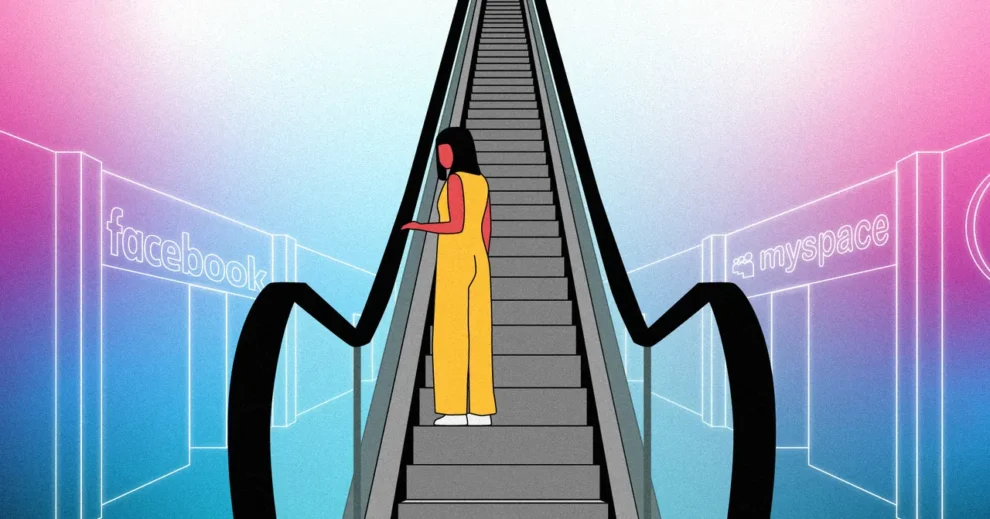The digital landscape is witnessing the rise of a new social media phenomenon, Noplace, which has quickly ascended to the top position on the App Store. This app cleverly merges the nostalgic elements of MySpace with modern social networking demands, particularly catering to Gen Z’s craving for genuine social interactions over algorithm-driven content.
The Genesis of Noplace
Developed by Tiffany Zhong, a 27-year-old entrepreneur renowned for her insights into Gen Z behavior, Noplace is designed as a reaction to the dissatisfaction with current social platforms that prioritize algorithms over authentic human connection. The app emphasizes personal expression and community building, reminiscent of the early 2000s social media vibe, specifically MySpace.
Features That Resonate with Gen Z
Noplace reintroduces features beloved in MySpace, like “Top 8 friends,” allowing users to highlight their closest connections. This feature not only fosters a sense of community but also harks back to a simpler social media era before the dominance of algorithms.
The platform eschews traditional social media frameworks by eliminating algorithmic feeds. Instead, it focuses on a chronological timeline that encourages more meaningful and personal interactions. Noplace allows users to customize their profiles extensively, using a variety of colors, fonts, and themes to express their personalities and current activities—a stark contrast to the polished, curated feeds of mainstream social media.
Market Reception and Challenges
Despite not having officially launched, Noplace has garnered significant attention, amassing a waitlist of hundreds of thousands eager to experience this new take on social media. This anticipation is a testament to the pent-up demand for a platform that prioritizes personal interaction over passive content consumption.
However, the platform faces skepticism from some corners of its target audience, with potential users on platforms like TikTok questioning the viability and intentions behind Noplace, given its long pre-launch waitlist.
As Noplace prepares for its imminent launch, it stands at a critical juncture. Will it manage to fulfill its promise of reviving the spirit of old-school social media while adapting to the desires of a new generation? Or will it succumb to the challenges that have toppled many ambitious tech endeavors? Only time will tell, but one thing is clear: Noplace has tapped into a deep-seated nostalgia and a widespread desire for a more connected online experience, setting the stage for what could be a significant reshaping of the social media landscape.








